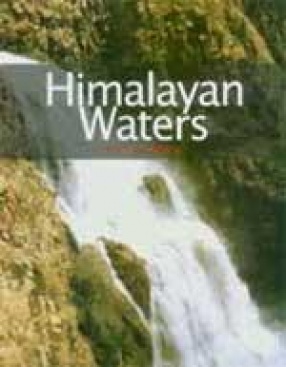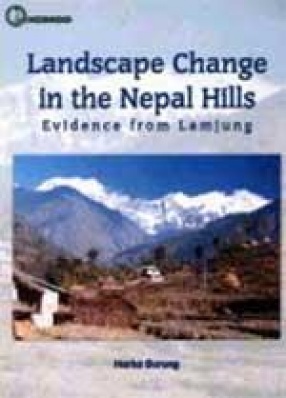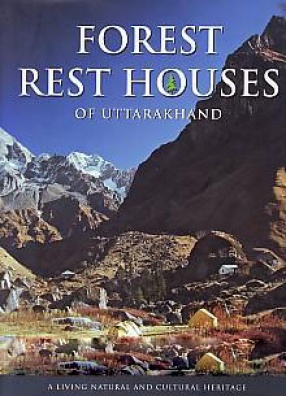Himalayan Waters
Synopsis
Less than a 100 million people live in the mountains and valleys of the Himalaya, but five times as many depend directly on water that flows down these steep slopes. Millions more can expect to benefit from prosperity in the Himalayan basin. They key to South Asia’s future lies in Himalayan waters. This book brings out the role of the mighty mountains in regulating South Asia’s climate and the region’s water resource base. It underscores the promise and potential of Himalayan waters, but also introduces the reader to the complexities involved, both technical and political, in sharing the water in these rivers and solving the region’s water-related problems. The Earth contains a staggering 1.35 billion cubic kilometres of water. But more than 97 per cent of this water is salty, unfit for consumption or irrigation. The remaining three per cent is still substantial and can sustain many times the current world population. However, most of this freshwater is stocked in frozen form in Polar ice caps and glaciers, or locked away in deep underground aquifers. Just 0.3 per cent of the total freshwater reserve or about 100,000 cubic kilometres is available for use in lakes and rivers. With present total world consumption under 4,000 cubic kilometres, even this is more than adequate for humanity. Unfortunately, the remaining balance is not spread out equally across the continents, nor is it available in equated installments throughout the year. Only a third of this tiny fraction of the total water on the planet is geographically accessible, of which three fourths flows back wastefully to the sea as floodwater. Thus, despite the abundance of supply, scarcity of freshwater around the globe is a reality. Since water is crucial for human survival, as demand escalates and precious supplies dwindle in many parts, water wars predicted by many seem inevitable in the 21st century. Like many other regions of the world, South Asia also suffers from the dual problem of too much and too little water. The summer Monsoon brings the annual floods while the winter season, despite the Himalayan snow and glacier melt, ushers in a period of scarcity and even drought. Some years, even as parts of South Asia are submerged under floodwaters, other parts are plagued by drought. But South Asia must still consider itself blessed: the Himalaya with its vast reserve of water in the form of ice and its ability to regulate the climate and flow of water in the numerous rivers that drain the mountains, has the capacity to meet the various demands. However, to ensure that Himalayan waters contribute to the well-being of the people and South Asia’s prosperity, Himalayan basin countries must speedily gather together to prudently manage and judiciously use the potential in these precious waters.
Read more
95.00
85.5
$
100.00 $
Free delivery Wolrdwidе in 10-18 days
Ships in 1-2 days from New Delhi
Membership for 1 Year $35.00
Get it now and save 10%
Get it now and save 10%
BECOME A MEMBER







Bibliographic information
Tags